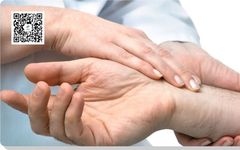
Source: Xi Yuan Talks Health (gh_74a1801f17b9)
Original Author: Xi Yuan | Images and Text: Jiu Ri

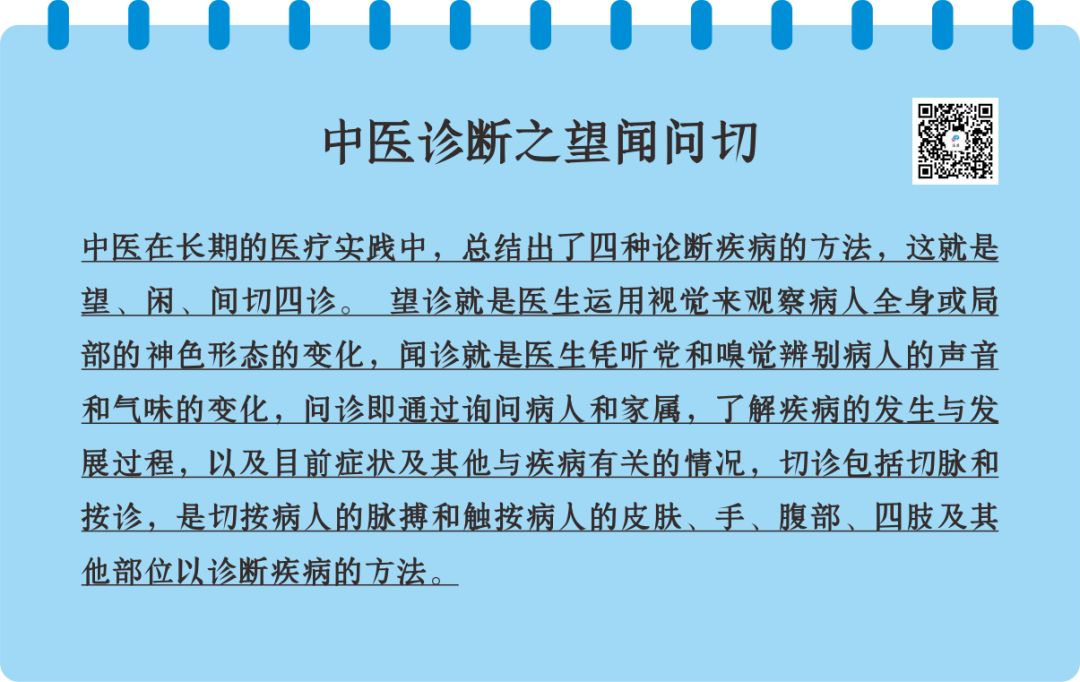
Observation, Listening, Inquiry, and Touch
How to see the true nature of diseases?
How to perform pulse diagnosis?
Pulse diagnosis refers to the method of understanding a patient’s condition by touching and pressing their pulse, skin, limbs, chest, abdomen, and other body parts. It helps determine whether the patient is ill and the specifics of their illness. Pulse diagnosis can be divided into two categories: pulse palpation (脉诊, mài zhěn) and touch diagnosis (按诊, àn zhěn). Pulse palpation involves examining the pulse to assess the condition, while touch diagnosis involves feeling and pressing the skin, limbs, chest, abdomen, and other areas to ascertain the patient’s condition.
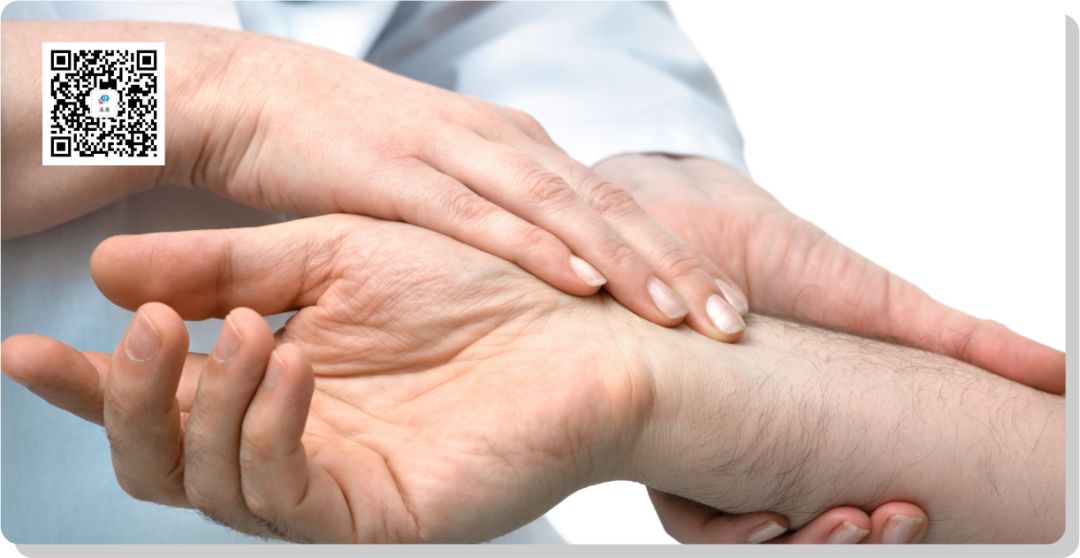
01. Pulse Diagnosis (切脉, qiē mài)
Pulse diagnosis involves using fingers to press on the patient’s arteries to understand the internal changes of their condition. It is also known as pulse palpation or pulse diagnosis. The pulse is the vessel of blood, circulating throughout the body, and the qi (气, qì) and blood (血, xuè) of the five organs and six bowels must flow through the blood vessels. When the body is stimulated by internal or external factors, it inevitably affects the circulation of qi and blood, leading to changes in the pulse. The practitioner can assess the condition of the organs, the state of qi and blood, and the presence of pathogenic factors by observing the depth, speed, strength (strong or weak), rhythm (regular or irregular), shape (size), and smoothness of the pulse. For example, if the disease is superficial, it presents as a floating pulse (浮脉, fú mài); if it is in the organs, it presents as a deep pulse (沉脉, chén mài); in cases of yin deficiency, the pulse may be slow (迟脉, chí mài); and in cases of yang excess, the pulse may be rapid (数脉, shù mài). Pulse diagnosis is an important basis for TCM differentiation, and practitioners have accumulated rich experience over time. However, there are special cases where the pulse does not match the symptoms, such as a yang condition presenting with a yin pulse, and vice versa. Therefore, relying solely on pulse diagnosis is very one-sided; it is essential to emphasize the integration of the four diagnostic methods to understand the full picture of the disease and make an accurate diagnosis.

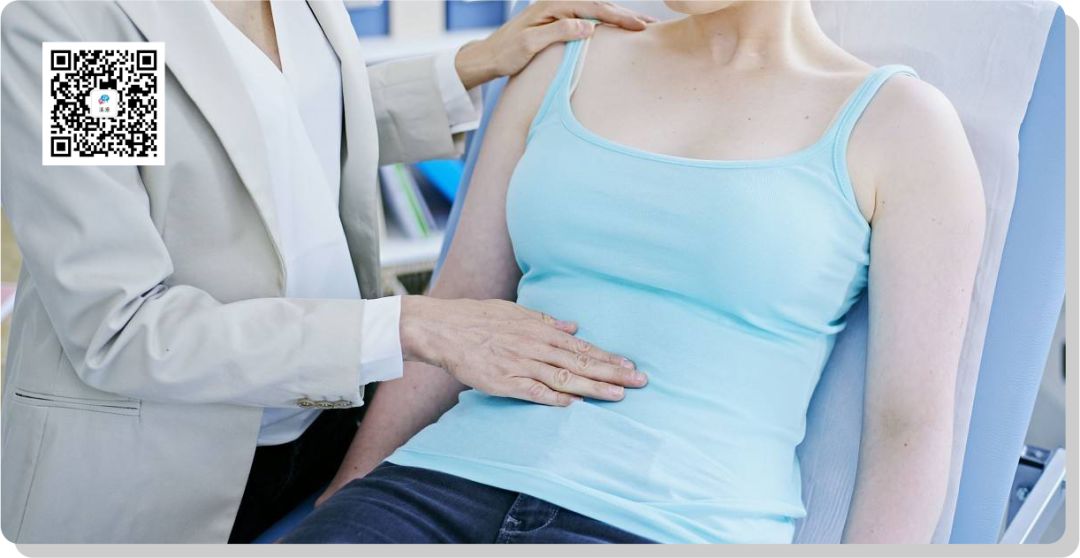
02. Touch Diagnosis (触诊, chù zhěn)
Touch diagnosis involves the physician palpating the patient’s skin, limbs, chest, abdomen, and other affected areas to discern their temperature (warm or cool), moisture (wet or dry), softness, hardness, swelling, masses, and the patient’s response to pressure, such as pain, preference for pressure, or rejection of pressure, to infer the location and nature of the disease. (1) Skin touch diagnosis can identify temperature differences and swelling. The temperature of the skin generally reflects the body’s temperature, but it is important to note that in cases of internal heat, the chest and abdomen may feel hot while the limbs and forehead may not be as warm, or even cool. The moisture and dryness of the skin can reflect sweating, lack of sweating, and whether body fluids are depleted. For instance, moist skin often indicates fluid damage, while dry and shriveled skin indicates severe fluid depletion. In chronic illness, extremely dry skin may feel like tree bark, indicating insufficient yin blood and internal blood stasis. If the skin sinks in when pressed and does not return immediately, it indicates edema; if the skin is swollen and returns quickly, it indicates qi deficiency or obesity.
(2) Limb touch diagnosis. Cold limbs can indicate yang deficiency; cold extremities may indicate yang collapse or internal heat closure; if the body is hot but the fingertips are cold, it may be a sign of yang collapse or a precursor to heat closure and convulsions; heat in the palms and soles indicates yin deficiency heat. Additionally, limb touch diagnosis should also check for paralysis or rigidity in the limbs. (3) Chest touch diagnosis. It can help determine the severity of internal conditions. The heartbeat (心尖搏动, xīn jiān bó dòng) can be felt in the left chest under the 4th and 5th ribs, where the heart is located. A normal pulse should be soft, moving but not tight, neither fast nor slow, indicating no disease. If the pulse is weak and not prominent, it indicates internal qi deficiency. If the pulse is strong and felt through clothing, it indicates qi leakage. If the pulse is very strong but only temporary, it may be due to fright or intoxication. Generally, in normal conditions, a heavier person will have a weaker pulse, while a thinner person will have a stronger pulse, which does not indicate pathology. Pressing below the heart (心下, xīn xià) to assess hardness, tenderness, or pain can indicate conditions such as chest obstruction (结胸, jié xiōng) or spleen deficiency (脾证, pí zhèng). (4) Abdominal touch diagnosis can identify the location of lesions, abdominal pain, and the nature of masses. Lesions in the upper abdomen (脘腹, wǎn fù) are related to the stomach, lesions in the sides (两胁, liǎng xié) are related to the liver and gallbladder, lesions around the navel are related to the stomach or intestines, and lesions in the lower abdomen are related to the liver, bladder, or kidneys. Pain that decreases with pressure (喜按, xǐ àn) is often due to deficiency, while pain that increases with pressure (拒按, jù àn) is often due to excess or heat. If there are masses that feel soft and can disperse, they are called masses (瘕, jiǎ) or accumulations (聚, jù), often due to qi stagnation; if the mass is fixed, hard, and cannot disperse, it is called a pathological accumulation (症积, zhèng jī), often due to blood stasis, phlegm, or water accumulation. (5) Pressing acupoints. Organ diseases can manifest at corresponding acupoints on the body surface. By palpating the acupoints along the meridians, nodules, cord-like structures, painful points, or reactive points can be found, which can assist in diagnosing certain diseases. For example, patients with hepatitis may have tenderness at the Qimen (期门, qī mén) and Ganshu (肝俞, gān shū) points, gallbladder disease patients may have tenderness at the Danshu (胆俞, dǎn shū) point, gastric and duodenal ulcer patients may have tenderness at the Zusanli (足三里, zú sān lǐ) point, and acute appendicitis patients may have significant tenderness at the appendix point (one cun below Zusanli).

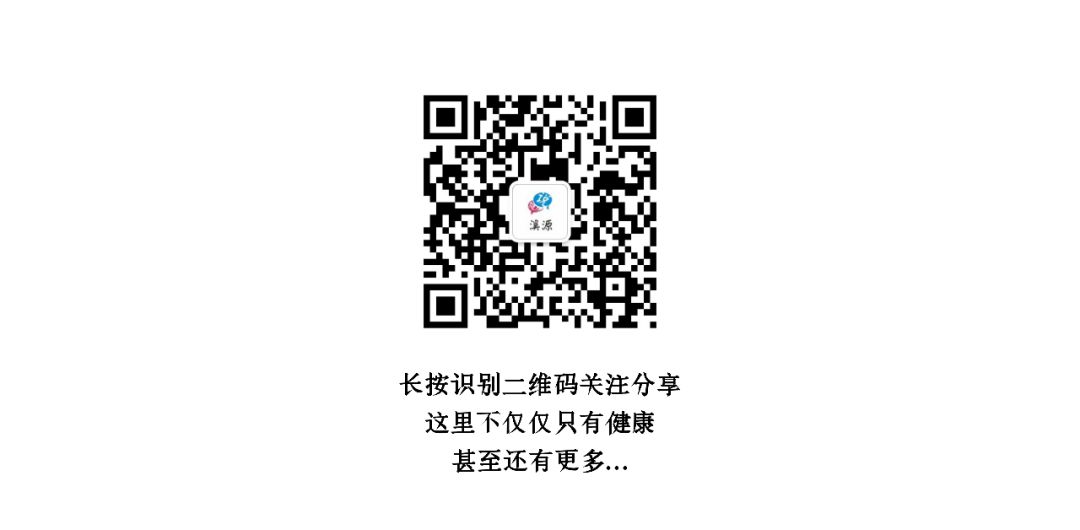
Click “Read the Original” for more content. 90% of people benefit from it.

